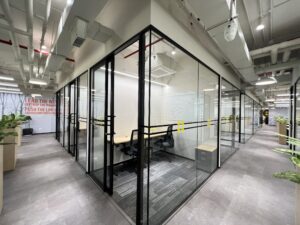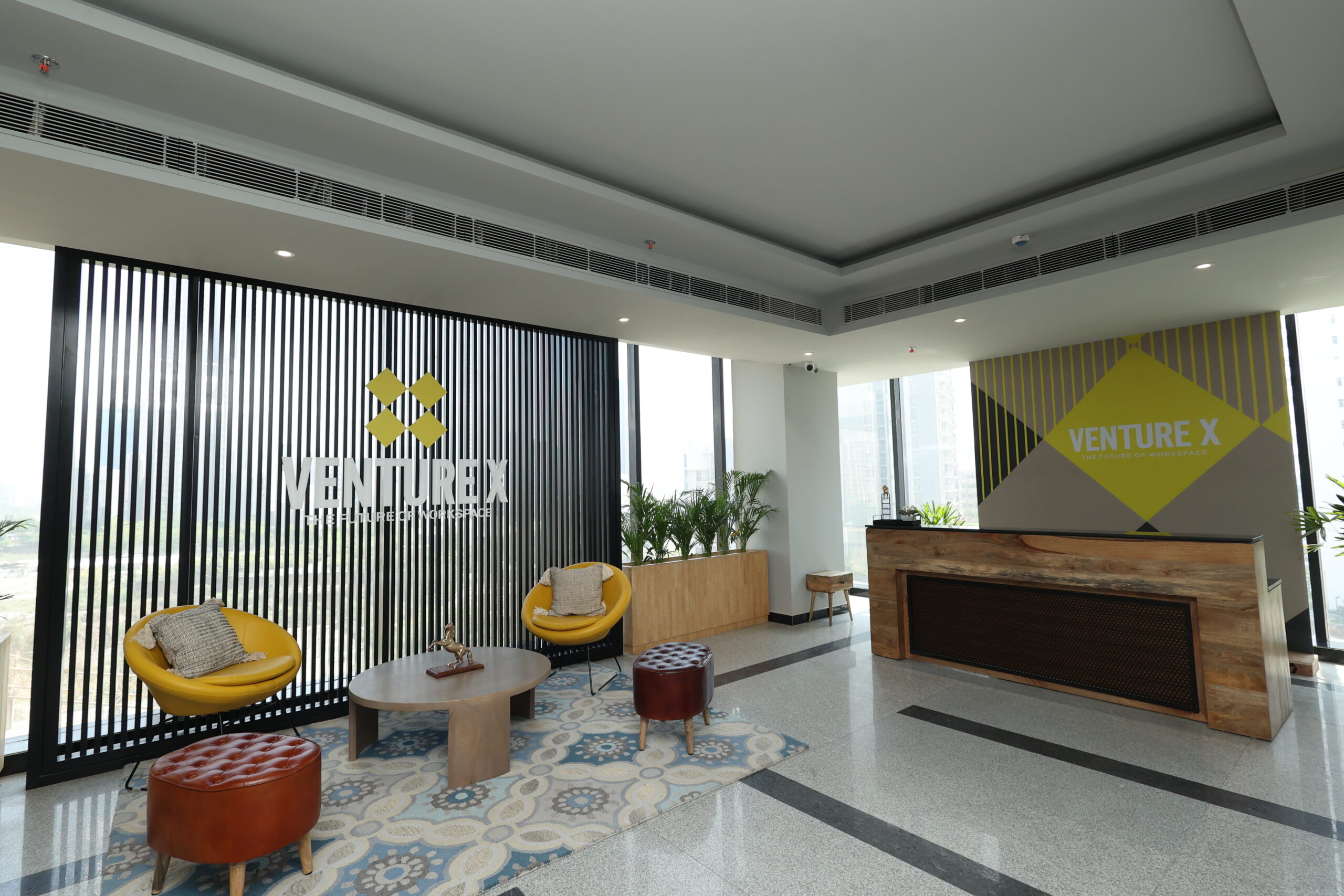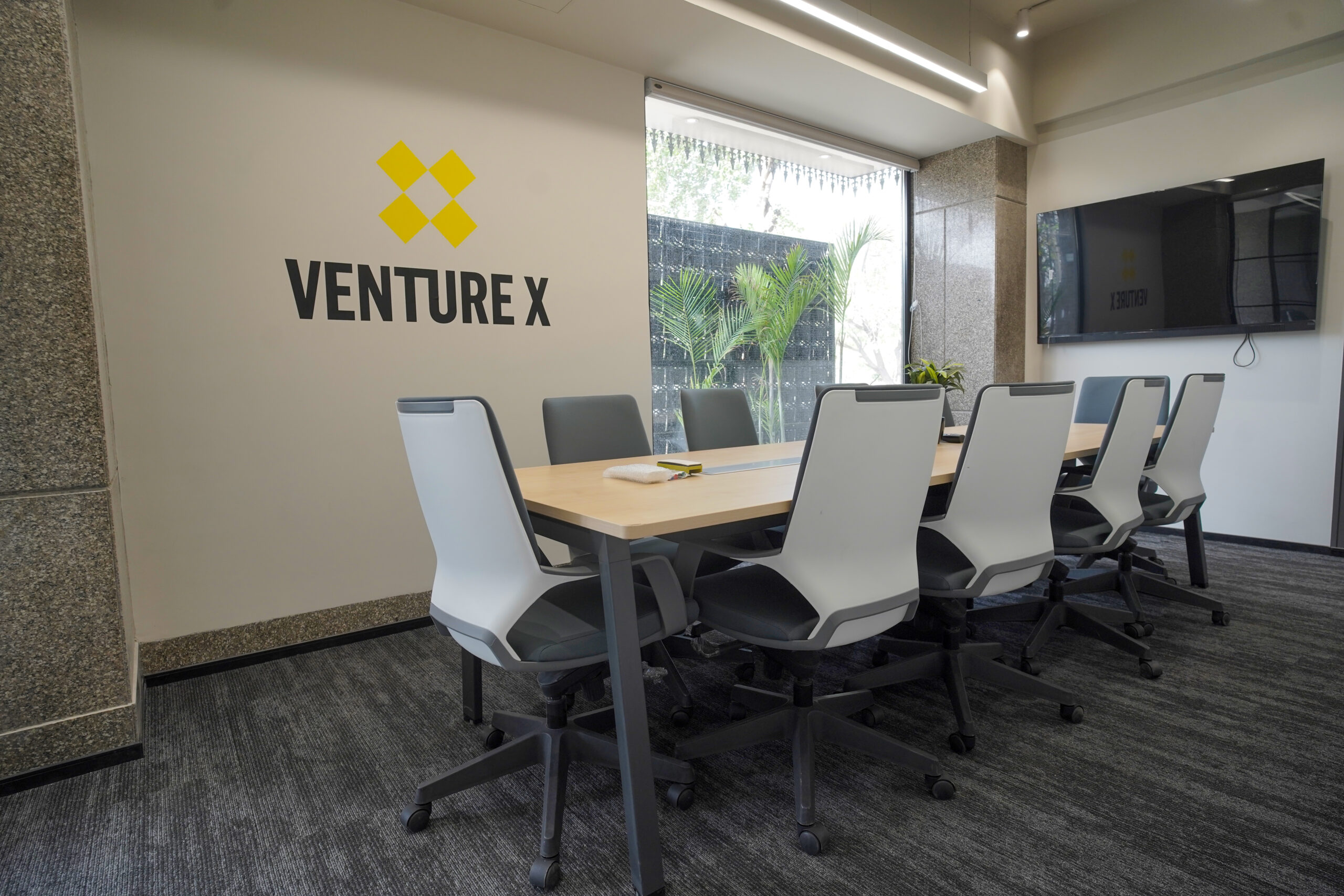Present and Future workspaces needs, It’s not all work in a workspace. Additionally, it’s about giving employees a place where they may work whenever, whenever, and however they choose. When it comes to workspace flexibility, a conference room may be used for more than simply sporadic meetings; it can also be used as a platform for team meetings or, if necessary, for employees to work independently. Through efficient use of space, organisations may address today’s workforce challenges as well as those related to expenses, occupancy, operations, and procedures.
The majority of modern workspaces are implementing flexible work schedules and making layout and design adjustments to provide an environment where employees can be their best selves. The fundamental idea behind establishing a flexible workspace is to make sure that it accommodates employee’s dynamic demands and is furnished to enable them to complete tasks without impeding their productivity, whether in a group or alone.
By making the best use of available space in terms of furniture, equipment, seating arrangements, and workstation possibilities, organisations may integrate flexibility into their offices as daily duties change and evolve. Additionally, this may directly affect corporate output, staff retention, well-being, and productivity.
Here are some of the hallmarks of a flexible workspace:
Designing a space is important
Flexibility and workspace design are closely related. A workspace’s architecture and design will dictate whether it can support both bigger, easily accessible hubs or work zones and smaller areas for fewer workers. By eliminating any walls or other physical impediments, an open plan architecture effectively accommodates more people while maintaining a feeling of structure. In addition to being economical, it fosters a continuous sense of cooperation across and within departments. An additional benefit that enables organisations to guarantee the security of their employees as they return to work is the ease with which reconfiguration may be done while taking social distancing into consideration.
Collaboration hubs
One of the drawbacks of open-plan flexible layouts has always been ambient noise. This can be countered, though, by designing an agile, activity-based architecture for an open plan that adapts to various workspace requirements. Employees can work in a setting that best matches their needs in a divided workplace that has both private and collaborative areas. These hubs can be placed anywhere in a building, be it an open area, a peaceful nook, or a soundproofed chamber. They can also be any size. While kitchens and pantries are more suited for quick breaks or socializing, lounges and leisure areas are also places where staff members can decompress.
Adaptable workstations
Although desks and chairs are essential, they must be tailored to the needs and working styles of the employees. Modern furniture, such as rolling chairs, standing desks, and seats with lumbar support, is essential for flexible work spaces since it gives employees the movement they require, in contrast to traditional seating. Lounge spaces with lots of natural light can be made more appealing by adding bean bags, couches, and more casual seating.
Another important factor in determining a flexible workspace is the utilisation of technology. Work can stay as seamless as possible by providing convenient and easily available outlets for projectors, AV carts, whiteboards, and charging devices throughout the office.
Autonomous work culture
Building trust between the employer and employees can be achieved by giving your team the flexibility to work where, when, and how they choose. One may create a work environment and culture that people want to return to by giving them the tools that make their jobs easier and giving them the freedom to achieve the results they want.
Flexible workspaces, especially during the pandemic, have benefited business owners in many ways, many of which go beyond increased productivity. These areas have given them the flexibility to scale up or down in response to shifting team sizes or corporate goals.
According to a JLL analysis, the market for flexible workspaces is expected to surpass 50 million square feet because of rising demand from big businesses. Employees may actually work from any co-working venue in the nation. These workspaces are specifically chosen and created for these businesses, giving them an office setting that promotes freedom, choice, concentration, and cooperation across teams and their varied business lines.
Companies in all industries must provide employees with environments that adapt to their dynamic demands and provide them with the convenience and functionality they need to achieve their goals. Flexible workspaces can fulfil today’s and tomorrow’s demands by encouraging adaptability and teamwork.





